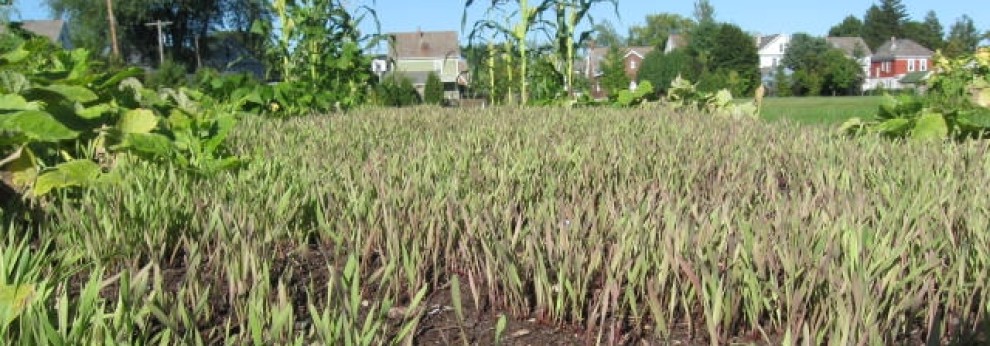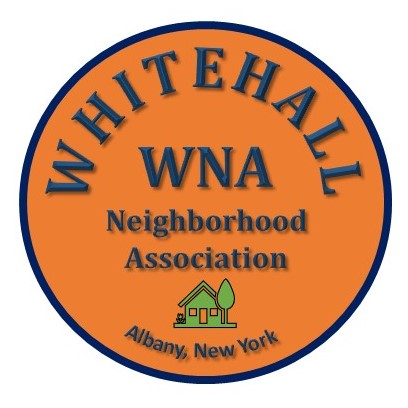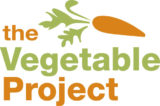 The Vegetable Project proposes to build an outdoor classroom at Myers Middle School. But what exactly is that?
The Vegetable Project proposes to build an outdoor classroom at Myers Middle School. But what exactly is that?
We are thinking of an outdoor space that offers teaching and learning opportunities that may not work quite as well indoors, taking advantage especially of stimulation of all the senses, the contribution that contact with nature makes to wellbeing and the real-world experiences that can make learning feel relevant. Perhaps, however, that still does not explain what exactly an outdoor classroom is.
It is worth knowing then that there really is no single definition. The term is used Continue reading











